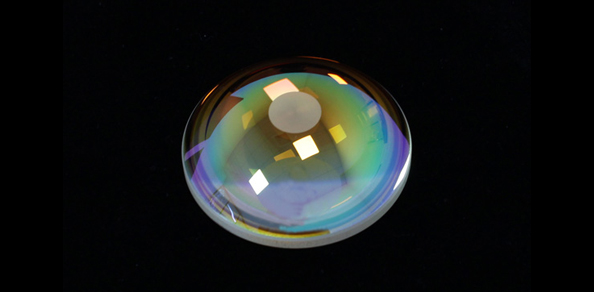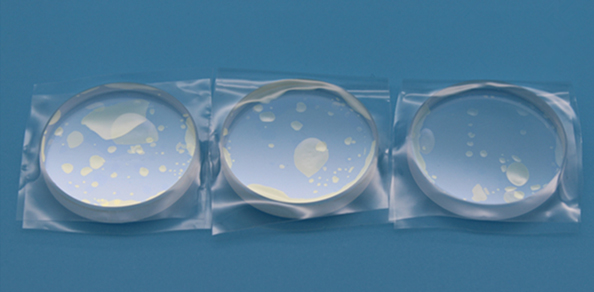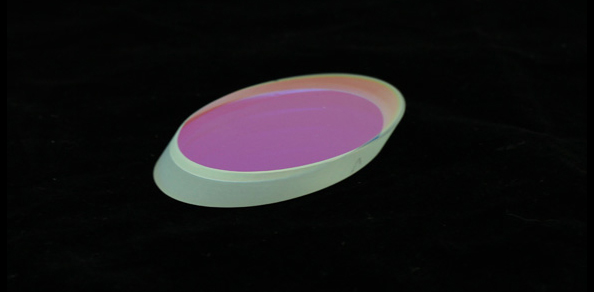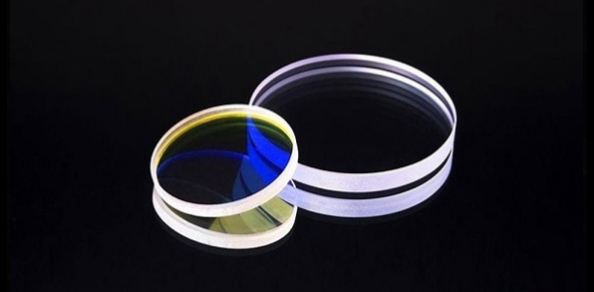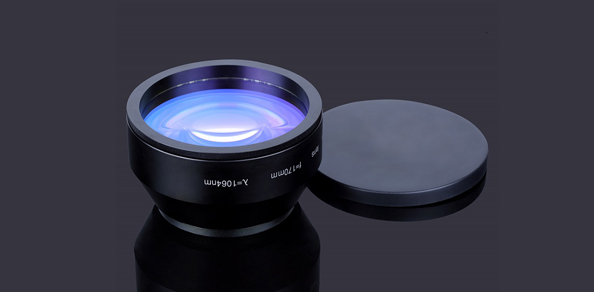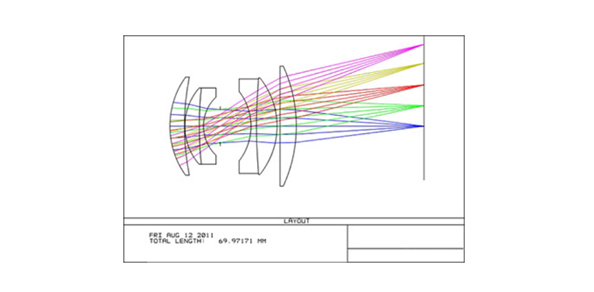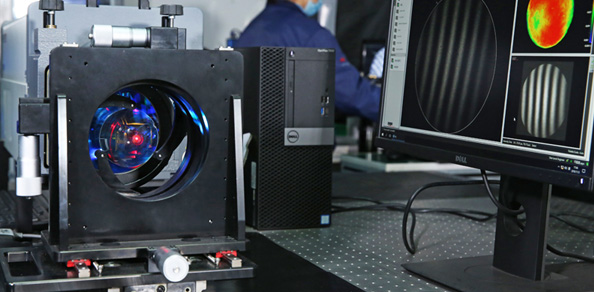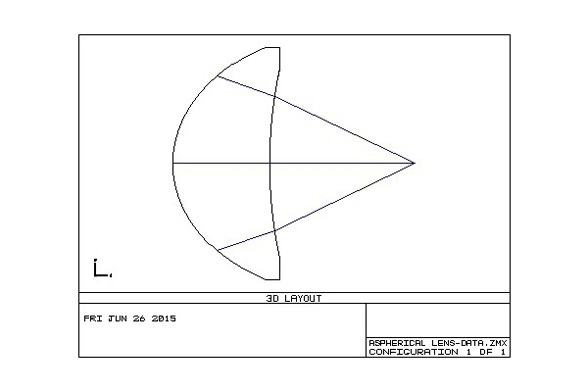
The optical path design of laser non spherical lenses is based on the customer's usage conditions to determine various solutions that meet the requirements, including the structural form, performance parameters, and external dimensions of the optical system. We can provide customers with unique, professional, and batch customized optical system designs.
The optical design process is divided into four stages: external dimension calculation, initial structure calculation, aberration correction and balance, and image quality evaluation.
1、 Calculation of external dimensions
Design and develop a schematic diagram of the optical system, determine the basic optical characteristics to meet the given technical requirements, including magnification or focal length, line or angular field of view, numerical aperture or relative aperture, conjugate distance, back working distance, aperture position, and external dimensions. When calculating, it is necessary to consider the mechanical structure and electrical system to prevent the inability to achieve it on the structural level. The determination of each performance must be reasonable. Excessively high requirements will make the design results complex and wasteful, while excessively low requirements will make the design not meet the requirements.
2、 Calculation and selection of initial structure
There are two commonly used methods for determining the initial structure:
1. Solve the initial structure based on the primary aberration theory
2. Select the initial structure from existing materials
This is a practical and easy to succeed method. But it requires designers to have a profound understanding of optical theory and rich design experience, only in this way can they select simple and satisfactory initial structures from a wide variety of types. A poor initial structure, no matter how good the automatic design program and experienced designer are, cannot make the design successful.
3、 Aberration correction and balance
After selecting the initial structure, the optical system should be analyzed and traced using software such as ZEMAX and CODE V on a computer to calculate all aberrations and various aberration curves. From the analysis of aberration data, it is possible to identify the main aberrations that affect the imaging quality of optical systems, and thus find ways to improve and begin aberration correction. Aberration analysis and balancing is an iterative process until the imaging quality requirements are met.
4、 Image quality evaluation
The imaging quality of an optical system is related to the magnitude of the aberration, and the purpose of optical design is to correct the aberration of the optical system. However, it is impossible and unnecessary for any optical system to correct all aberrations to zero. There must be residual aberrations, and the quality of imaging varies depending on the size of the residual aberrations. Therefore, optical designers must have an understanding of the allowable values and tolerances of residual aberrations in various optical systems in order to determine the imaging quality of the optical system based on the magnitude of residual aberrations. There are many methods to evaluate the imaging quality of optical systems. Below is a brief introduction to the methods of image quality evaluation.
1. Raleigh judgment
The maximum wavefront aberration between the actual wavefront and the ideal wavefront does not exceed 1/4 wavelength. It is a relatively strict image quality evaluation method, suitable for small aberration systems such as telescopes, microscope objectives, etc.
2. Optical transfer function MTF
This method is based on viewing objects as composed of spectra of various frequencies. Consider the optical system as a linear invariant system, so that the imaging of an object through the optical system can be viewed as the transmission of a series of sine distributed linear systems with different frequencies. The characteristic of transmission is that the frequency remains unchanged, but the contrast decreases slightly. The decrease in contrast and the shift in phase vary with frequency, and the functional relationship between them is called the optical transfer function. Due to the correlation between optical transfer function and aberration, it can be used to evaluate the imaging quality of optical systems. It has the advantages of objectivity and reliability, and is easy to calculate and measure. It can not only be used for evaluating optical design results, but also for controlling the process of optical system design, lens inspection, overall optical design, and other aspects.

